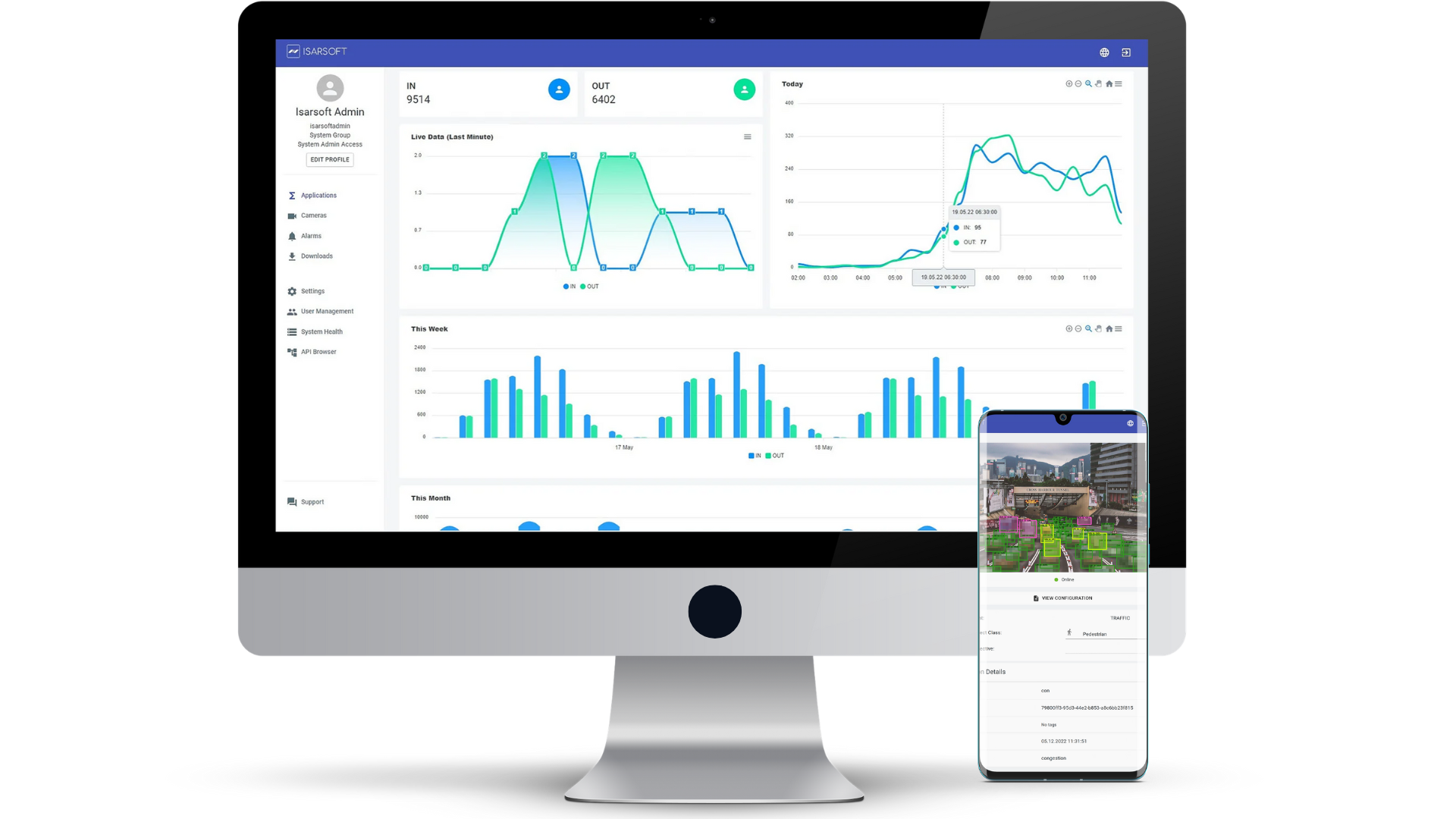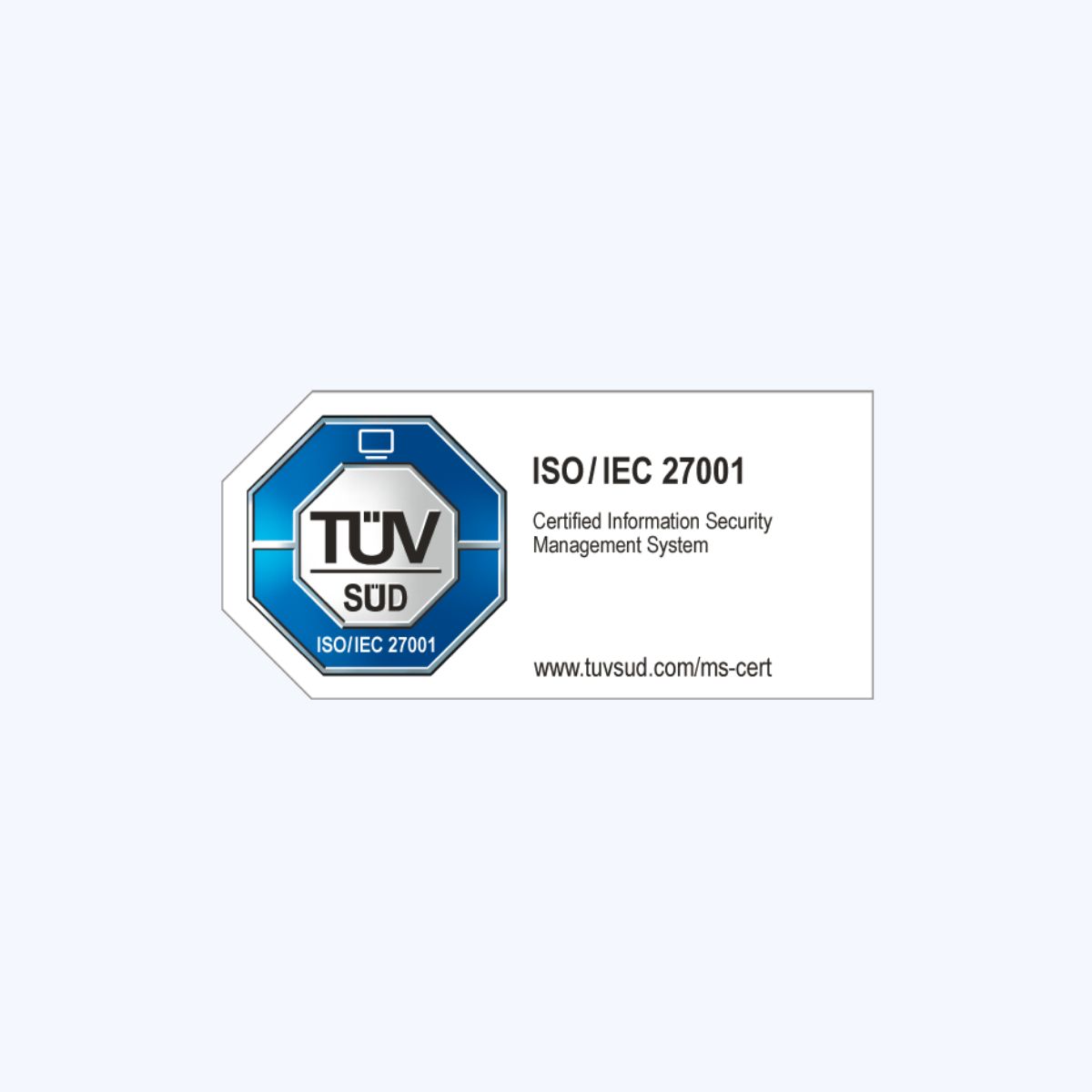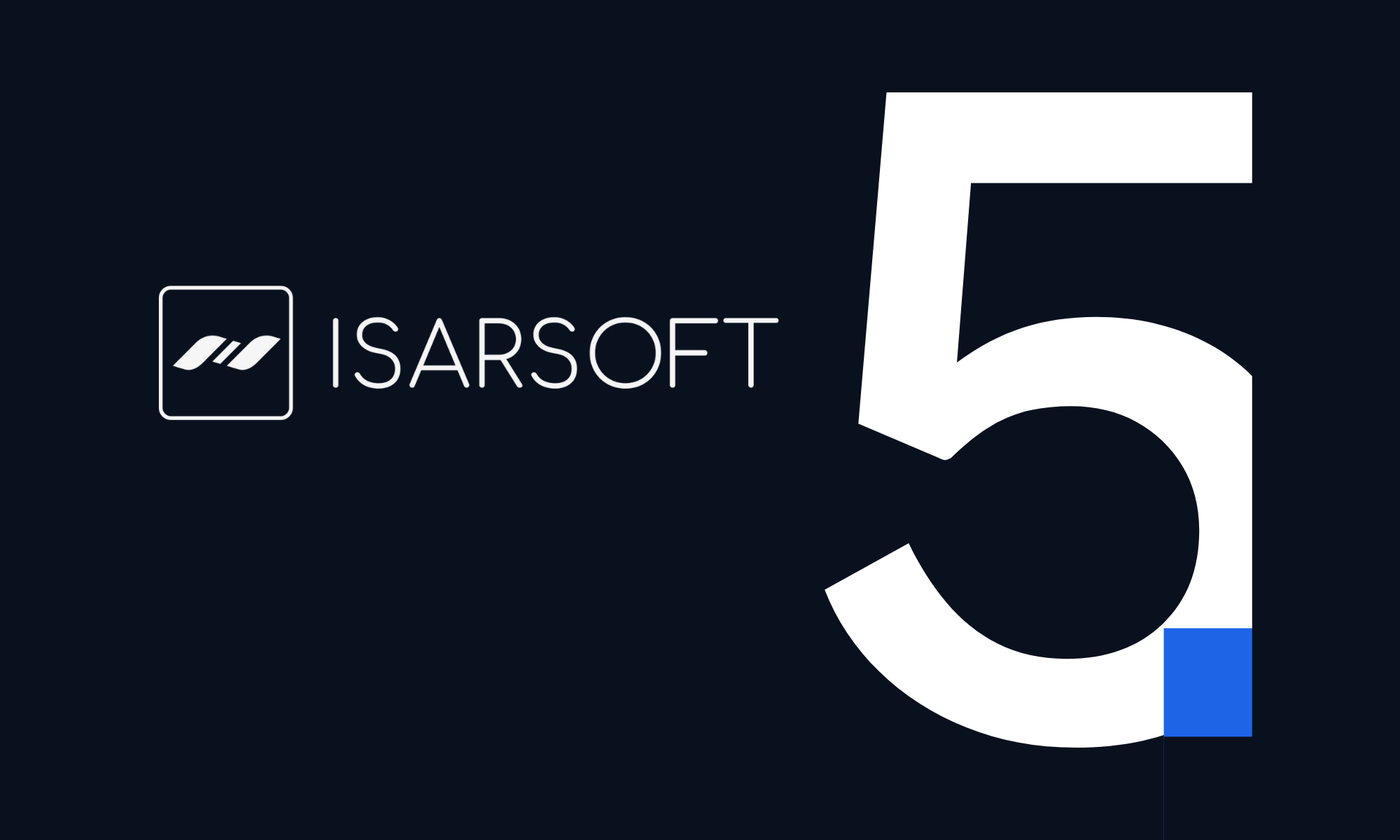Enhancing the Customer Experience for Airport Passengers: The Isarsoft Guide
Airports witness thousands, at the very least, of passengers on a regular basis. It is important that the customer experience be streamlined in order to allow for a fast-moving system. In this article, we delve into the intricacies of the customer experience at an airport - and how Isarsoft Perception can be used to enhance it.
Published
September 13, 2023

What is customer experience?
Customer experience refers to the overall journey a customer takes through, in this case, an airport - the sum total of the interactions with every physical or digital touchpoint that the customer encounters. In an airport, some of these touchpoints would be security check counters, baggage claim, shopping kiosks, immigration booths, etc. The KPIs that are usually assessed can range between anything from the helpfulness of officials and staff, to the user-friendliness of tech-based systems.
Customer experience can be managed and regulated through a business strategy that focuses on enhancing the experiential variables at every step of the customer journey. Abbreviated as CXM or CEM, this process is commonly referred to as Customer Experience Management.

Excerpt from 'Customer Experience' in our Knowledge Hub:
CEM involves a range of activities and processes, including:
- Customer journey mapping: Identifying and analyzing the customer journey to understand how customers interact with a company, and to identify pain points and opportunities for improvement.
- Customer feedback collection and analysis: Gathering feedback from customers through surveys, focus groups, and other methods, and analyzing that feedback to identify areas where improvements can be made.
- Service design: Using customer insights to design services and processes that meet customer needs and expectations.
- Employee training and development: Providing employees with the skills and training necessary to deliver a positive customer experience.
- Technology implementation: Using technology such as customer relationship management (CRM) software, analytics tools, and digital communication channels to support the delivery of a positive customer experience.
- Continuous improvement: Continuously monitoring and measuring customer experience metrics, such as Net Promoter Score (NPS), to identify areas for improvement and to ensure that the customer experience remains a priority.
By implementing a customer-centric approach to business, companies can improve customer satisfaction, loyalty, and advocacy, and ultimately increase revenue and profitability.
Why is customer experience management important for airports?
Airports, like any other transport hub, are busy places. They also call for a rather more complicated process than a railway station, for example - and therefore, are prime candidates for optimizing processes.
There are quite a few different aspects that culminate into forming the traditional experience of an airport passenger. Here are some:
Queue Management
Queues are a common sight in airports - at security check counters, luggage carousels, and immigration booths. And because airports receive high footfall on a regular basis, it is very important for normal, timely functioning that the queues be managed.
Queue management is a process by which the advancement of a queue is streamlined through the reduction of wait times. This is where a queue management system or QMS, comes in.
A Queue Management System (QMS) is a system to automatically manage queues whilst monitoring and optimizing people or vehicle flow.

A QMS measures the length of the queue and estimates the dwell or waiting time. Through digital signs and displays people can be guided to free slots or obtain information about the estimated waiting time. Some QMS include ticketing or queue number systems to aid the processing and monitoring. QMS without ticketing or queue number systems typically rely on sensors, video analytics or employee oversight to assess queue length.
QMS can be integrated with other systems such as appointment scheduling, customer feedback, and data analytics to provide insights and metrics to optimize their operations and improve the customer experience.
Monitoring Passenger Flow
Passenger flow in an airport, refers to the movement of passengers in, out, and within the premises of the airport. By monitoring passenger flow, airport officials can ensure that passengers are moving safely and efficiently, in addition to assessing the efficacy of the infrastructure.
How, then, can passenger flow be managed?
Here's a list of steps that shed some light on the matter:
- Airport Infrastructure Evaluation - The first step to monitoring passenger flow is through the evaluation of existing infrastructure - in order to ascertain that it supports the unhindered flow of passengers, and ideally, enhances it. For example, an adequate number of security check counters are necessary for the speedy movement of passengers. Smart tech such as camera-based video analytics monitor the situation, and keep bottlenecks from occurring.
- Adequate signage - Passenger flow can be optimized through the presence of clearly marked, adequate signage throughout the airport.
- Technology to manage passenger flow: Technology such as real-time information displays, queue management systems (qms), and crowd monitoring systems can help manage passenger flow.
More on passenger flow management: Passenger Flow
Wait Time
Wait time refers to the waiting time incurred by a customer at the airport. Related in part to queue management (addressed earlier in this article), wait time is an important metric when it comes making airport systems fast and efficient.
The most important wait time in the context of airports, is security checkpoint wait time - a period of time calculated from the time a passenger enters the queue to when they exit it. Video analytics can determine wait times in real time, thereby allowing both personnel and customers to assess the situation as they fit. Wait times are usually displayed in physical locations within the airport, and published online.
Occupancy Measurement
Occupancy measurement refers to the measurement of people in a pre-defined area - whether in the waiting lounges, in queues, in food courts, or even across the entire span of the airport. The measurement of occupancy can be implemented for various functions - to perform crowd management and prevent overcrowding, to assess existing infrastructure and make suggestions for improvements, and to optimize seating facilities within the airport.

The above image depicts an example of occupancy measurement. Three passengers are detected (and anonymized) in a seating area, while two others are detected mid-motion.
The Benefits of Customer Experience Management
There are several benefits to managing the customer experience at airports. Here are some noteworthy points:
Increased Efficiency
As cliche as this may sound, increasing efficiency is one of the main benefits of streamlining the customer experience at airports. This applies to all parts of the customer journey - enabling personnel, planners, and floor staff to map the customer journey more clearly and make necessary allowances.
Increased efficiency prevents delays in operational processes, and greatly contributes to the conservation of resources, identification of problem areas and equipment, and of course, a speedy resolution.
Enhanced Customer Satisfaction
When managing a customer experience, feedback plays a large part in providing real-world insights into the passenger experience. And while getting the passenger to fill out a comment card is always an option, there are easier ways to accomplish this task.
Smart technology such as AI-driven video analytics monitor and analyze large volumes of video data in real time - and enables personnel access to reliable insights about the customer experience at every physical or digital touchpoint. By studying the metrics, planners can assess the existing levels of customer satisfaction and scope out methods for improvement.
Safety & Security
Airports usually cover a wide expanse of area - and are classified under high-security transport hubs. Given the circumstances, it is imperative that safety standards be maintained on a consistent, continuous basis. Monitoring passenger flow or streamlining the customer experience is a good way to detect and prevent safety-critical incidents - regardless of where in the airport it may be.
By having 'eyes' everywhere by means of camera-based video analysis, personnel can be quickly deployed in case of an emergency, injury, or accident.
How Isarsoft Perception boosts CX in Airports
The above video is an in-depth depiction of queue management at airports, being conducted with the help of Isarsoft Perception. Isarsoft Perception is a video analytics software that can be used to assess and measure the number of people in a queue - and leverage the video data into actionable insights.
The first half of the video has to do with the creation of a zone. A zone, once created, provides a consistent count of the detected objects within it. The count is updated every 20 seconds. The zone itself can be enlarged, altered with the addition of multiple points, and supplemented by creating other zones.
The second half of the video delves into entry/exit control in queue, via the creation of a line. A line in Isarsoft Perception, has the functionality of measuring the number of people who traverse it - and can be monitored for either for both 'in' and 'out' figures. The direction of the line can be inverted, as per requirement.

Future Trends and Innovations
Automation
Airports today already possess a range of activities that are partially or fully automated. The automation of processes is expected to grow more in upcoming years - with innovations such as robotic check-in counters already in the works.
Automation can be applied to a range of other services such as cleaning and maintenance, guidance for the elderly and vulnerable, delivery systems within the airport, and customer service. This can not only help streamline passenger flow within the airport, but also allow human involvement to be concentrated on other important functions.
Biometrics
Biometrics are referred to as unique, statistical data that relate to a person's physical characteristics. Biometric authentication is a recognition procedure that is used in computer science to implement access control.
How are biometrics, then, relevant in the world of air travel?
Through biometric authentication, airports can instate facial recognition or fingerprint scanning-based tech, eliminating the need for contact-oriented passenger processing. Automated check-in counters and self-regulated boarding procedures are only some of the things that biometric authentication can enable.

Human-Machine Collaboration
With AI-driven technology gaining more precedence in the arena of public adoption, airports are primed to integrate AI into daily functions.
For seamless integration, an important point to factor in is human-machine collaboration.
More about Isarsoft
With Isarsoft Perception, your camera systems become part of your business intelligence. Whether the goal is to increase efficiency, customer satisfaction or safety, Isarsoft Perception provides the insights needed for informed decisions.

Contact us, to learn more about how to turn security cameras into intelligent sensors.



